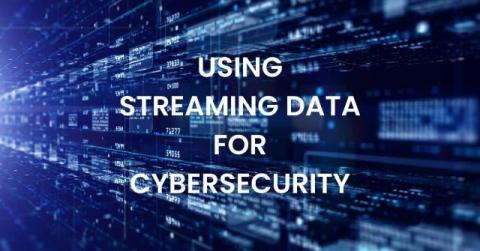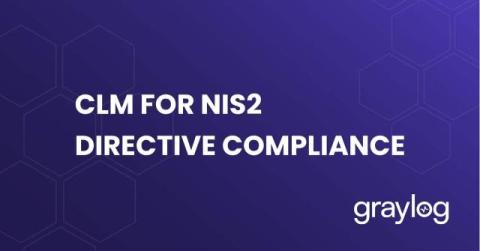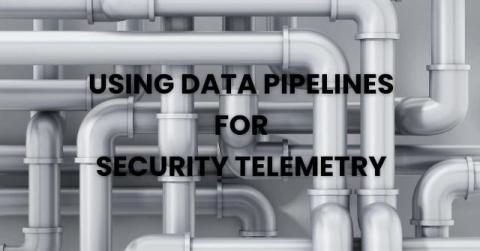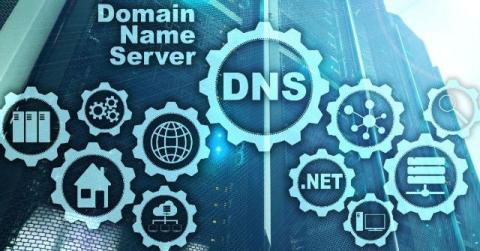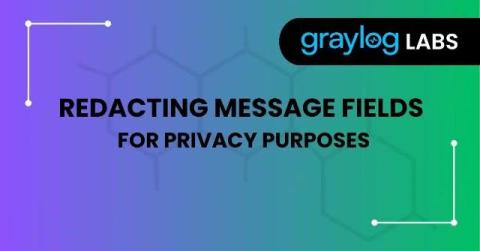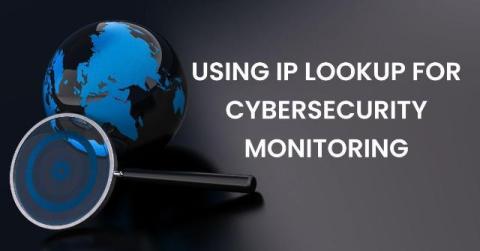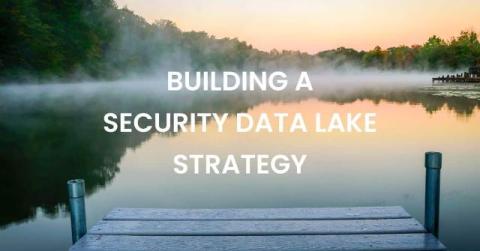Using Streaming Data for Cybersecurity
After a long day, you sit down on the couch to watch your favorite episode of I Love Lucy on your chosen streaming platform. You decide on the episode where Lucy can’t keep up with the chocolates on the conveyor belt at the factory where she works. Without realizing it, you’re actually watching an explanation of how the streaming platform – and your security analytics tool – work. Data streaming is the real-time processing and delivery of data.


